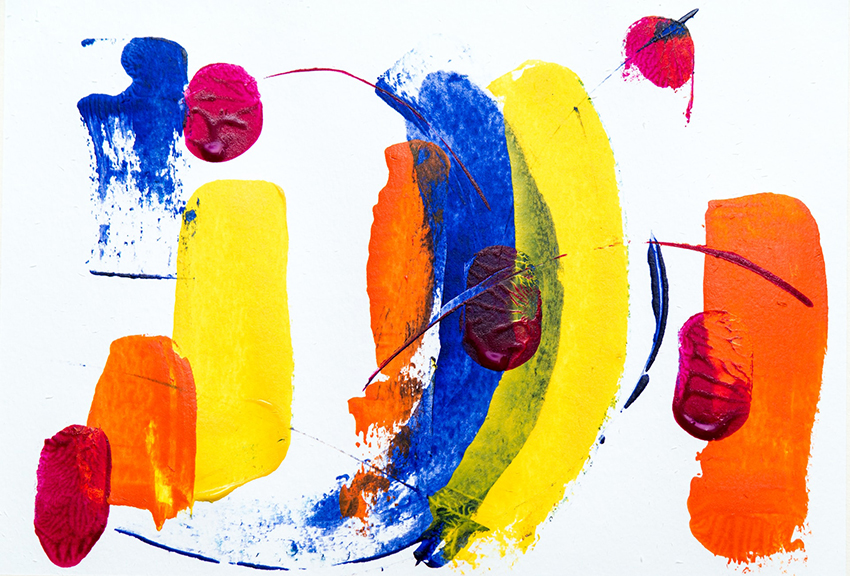Brush Strokes and the Enchanting Painterly Effect
In the realm of art, brush strokes are not merely marks on a canvas but the very essence of a painter’s expression. They hold the power to transform a two-dimensional surface into a vibrant and textured world of visual poetry. The painterly effect, achieved through deliberate and expressive brushwork, adds depth, energy, and a unique signature to a painting. In this article, we will explore the captivating world of brush strokes and delve into the enchanting painterly effect, uncovering the techniques and artistic choices that bring a painting to life.
Understanding Brush Strokes
Brush strokes refer to the marks left by a brush or any other tool used by an artist to apply paint onto a surface. Each brush stroke carries its own character, influenced by the artist’s technique, pressure, speed, and the viscosity of the paint. From bold and expressive strokes to delicate and nuanced ones, brushwork adds layers of texture, movement, and visual interest to a painting.
The Painterly Effect
The painterly effect celebrates the expressive quality of brushwork, embracing the artist’s hand and the presence of the human touch on the canvas. It deviates from the pursuit of detailed realism and embraces a looser, more subjective approach. The painterly effect allows for a sense of spontaneity, capturing the energy, emotion, and atmosphere of a subject or scene.
Techniques for Achieving a Painterly Effect
- Varied Brushwork: Embrace a diverse range of brush strokes to create visual interest and capture the essence of your subject. Experiment with different brush sizes, shapes, and textures to achieve a dynamic interplay of marks. Combine broad, gestural strokes with delicate, intricate ones to create a sense of depth and movement within the composition.
- Impasto: Impasto is a technique in which paint is applied thickly onto the canvas, resulting in visible texture and three-dimensionality. By using a palette knife or a loaded brush, artists can create raised areas of paint, adding a tactile quality to the artwork. The play of light and shadow on the textured surface enhances the painterly effect, inviting the viewer to engage with the physicality of the painting.
- Broken Color: Employ the technique of broken color to create a vibrant and lively visual effect. Instead of blending colors smoothly, apply small strokes or dots of contrasting colors next to each other. When viewed from a distance, these juxtaposed colors optically blend, creating a harmonious and vibrant overall impression. Broken color adds depth, luminosity, and a sense of movement to the painting.
- Loose and Expressive Strokes: Embrace a free-spirited and spontaneous approach by employing loose and expressive brushwork. Allow your brush strokes to convey energy and emotion, capturing the essence of your subject rather than getting caught up in intricate details. Use quick, confident strokes to suggest form, texture, and movement, imparting a sense of vitality to your artwork.
- Gestural Lines: Incorporate gestural lines into your brushwork to add movement, rhythm, and a sense of gesture to your painting. These lines can suggest the flow of a figure, the movement of the wind, or the contours of an object. By varying the thickness, direction, and length of these lines, you can infuse your artwork with a dynamic and expressive quality.
- Glazing and Scumbling: Glazing involves applying transparent or translucent layers of paint over dry layers, allowing the underlying colors to shine through. This technique can add depth, luminosity, and a sense of atmosphere to your painting. Scumbling, on the other hand, involves applying opaque or semi-opaque layers of paint over dry layers, creating a textured effect and adding
